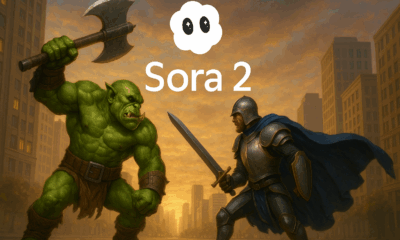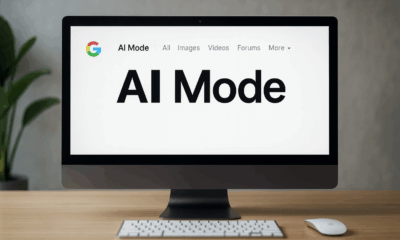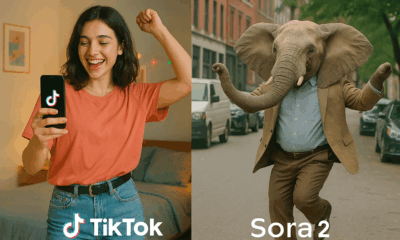AI Model
Veo 3.1 Lands with a Bang — and a Few Bumps

- Share
- Tweet /data/web/virtuals/375883/virtual/www/domains/spaisee.com/wp-content/plugins/mvp-social-buttons/mvp-social-buttons.php on line 63
https://spaisee.com/wp-content/uploads/2025/10/veo_31_jurasic_park-1000x600.png&description=Veo 3.1 Lands with a Bang — and a Few Bumps', 'pinterestShare', 'width=750,height=350'); return false;" title="Pin This Post">
When Google quietly released Veo 3.1, the early reactions have run the gamut from excitement to frustration. Users are poring over generated clips, pushing the boundaries of what the model can do with audio, narrative control, and visual coherence — and at times, pointing out that the leap isn’t quite flawless. Below is a snapshot of how the AI video community is responding to the debut of Veo 3.1.
A New Chapter: What Users Are Most Happy About
Integrated Audio & Stronger Narrative Control
One of the most celebrated features in Veo 3.1 is its improved native audio support. Before this update, various video-generation pathways required users to layer sound manually. With the new version, features like “Frames to Video,” “Ingredients to Video,” and “Extend” now support synchronized dialogue, ambient sound, and sound effects. That means the model handles visuals and audio together, which users see as a major step toward more seamless storytelling.
Google itself emphasizes that the update gives creators “more granular control” within Flow.
Users on Reddit have echoed this praise. One noted:
“The added audio control and scene extension features are a game changer for content creators.”
More Inputs, More Flexibility
Another welcome improvement is the broader set of input types and editing options. Users can now feed in text, images, or short video clips; supply reference images to guide style; and interpolate between first and last frames to generate smooth transitions. “Scene extension” allows some generated footage to continue beyond the original segment. These enhancements help creators push past the rigid “8‑second clip” constraints that plagued earlier models.
Visual & Prompt Fidelity
Some users say Veo 3.1 is better at sticking to prompts, maintaining character consistency, and producing subtler textures and lighting. The model seems more respectful of style cues, object continuity, and camera dynamics, all of which reduce the “AI weirdness” that so many generative video systems are haunted by.
The Criticisms: Where Users Hit the Wall
Inconsistent Quality & “Rushed” Feel
Despite the new features, many early testers report that the overall output sometimes feels lower-quality than in certain Veo 3 generations. On Reddit, some users claim that “generations are lower quality than they were before, using the same prompts.” One user speculated the release was rushed, possibly to keep pace with rival models.
Another commenter pointed out that the extend feature misbehaves: it continues from just the last half‑second, which can lead to abrupt shifts in audio or visual tone. They also noted issues like duplicated watermarks when re-rendering segments.
Audio Limitations & Voice Options
Though the audio is generative, the freedom isn’t unlimited. Several users lament the lack of custom voice selection or more flexibility in voice styling. One early critique is that you can’t directly pick a generated voice or inject your own audio easily in some workflows.
Relatedly, lip‑syncing and timing still stumble in complex scenes. While there’s improvement, some awkward glitches remain.
Scaling & Feature Gaps
Not all promised features are fully baked or broadly available yet. For example, “Insert” and “Remove” tools (to add or subtract objects in a scene) exist in Google’s vision but aren’t fully live across all interfaces.
Output duration is another sore point. Though extensions are possible, many base generations still cap out at short lengths. Some users expected the ability to freely generate minute‑long cinematic scenes, but the reality is more limited (especially in Flow or under non‑enterprise tiers).
Some users also observe that character consistency across camera angles can still falter. That means when you change perspective or distance, the same character might subtly shift in appearance or behavior.
Sentiment Snapshot: Optimism Tinted with Caution
Overall, sentiment toward Veo 3.1 is tentatively positive. Many believe this release is a meaningful step forward, especially in integrating audio and expanding editing flexibility. The move from “silent visual output + manual audio” to “unified audiovisual generation” is seen as a foundational shift.
But the praise is tempered by frustration over rough edges. Users are keenly aware that generative video remains an experimental field. Some feel Google leapt ahead of stability, perhaps under pressure from competing models like OpenAI’s Sora 2.
Several voices express a willingness to stick with Veo and experiment, especially if Google continues to iterate quickly. Others say they’ll hang back until the feature set matures or quality stabilizes.
One interesting pattern: users constantly compare to competing models. A few early testers openly said Veo 3.1 felt worse than Sora 2 in some respects, particularly in immediacy of output and stylization. Still, many admit that Google’s tooling — reference inputs, scene extension, edit control — gives Veo a unique edge for users already embedded in the Google ecosystem.
What to Watch Over the Coming Weeks
- Stability & polish: Will Google patch the rough visual/audio artifacts?
- Voice customization: The ability to pick or inject voices could make or break many professional workflows.
- Wider access: Whether Flow, Gemini API, and Vertex AI users all get parity of features.
- Long-form storytelling: How well extend and scene continuation evolve for narratives beyond short clips.
- Competition pressure: How well Veo 3.1 holds its ground against Sora 2 and others in real‑world creative use.
In short: Veo 3.1 has sparked enthusiasm and cautious critique in nearly equal measure. For creators betting on Google’s vision of integrated video + audio AI, this is a moment of exploration. For skeptics, it’s a reminder that generative video—while dramatically powerful—is still in the “shape it with trial and error” phase. Over the next weeks, as real user workflows test the limits, we’ll see whether Veo 3.1 evolves from promising to indispensable.
AI Model
How to Get Factual Accuracy from AI — And Stop It from “Hallucinating”
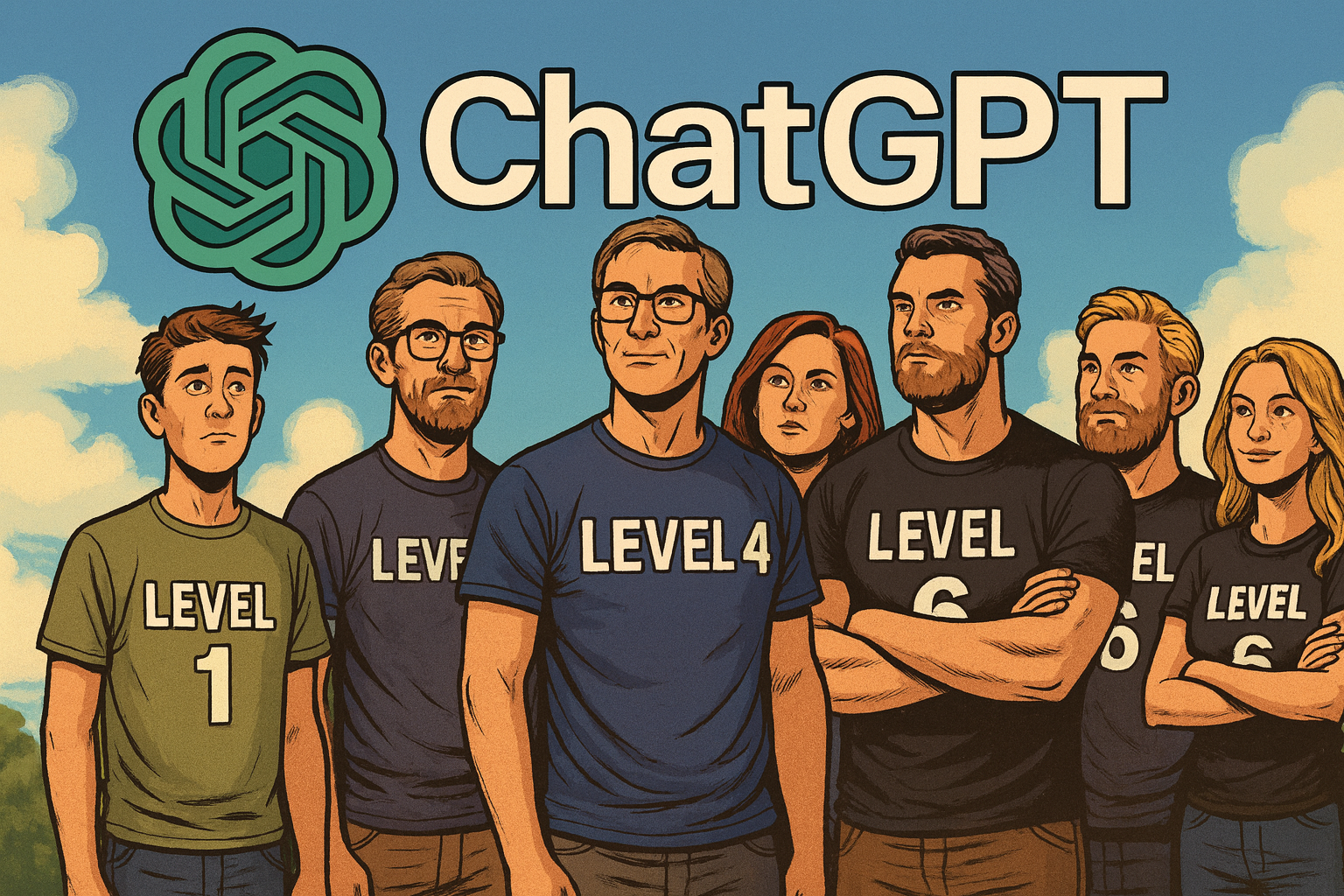
Everyone wants an AI that tells the truth. But the reality is — not all AI outputs are created equal. Whether you’re using ChatGPT, Claude, or Gemini, the precision of your answers depends far more on how you ask than what you ask. After months of testing, here’s a simple “six-level scale” that shows what separates a mediocre chatbot from a research-grade reasoning engine.
Level 1 — The Basic Chat
The weakest results come from doing the simplest thing: just asking.
By default, ChatGPT uses its Instant or fast-response mode — quick, but not very precise. It generates plausible text rather than verified facts. Great for brainstorming, terrible for truth.
Level 2 — The Role-Play Upgrade
Results improve dramatically if you use the “role play” trick. Start your prompt with something like:
“You are an expert in… and a Harvard professor…”
Studies confirm this framing effect boosts factual recall and reasoning accuracy. You’re not changing the model’s knowledge — just focusing its reasoning style and tone.
Level 3 — Connect to the Internet
Want better accuracy? Turn on web access.
Without it, AI relies on training data that might be months (or years) old.
With browsing enabled, it can pull current information and cross-check claims. This simple switch often cuts hallucination rates in half.
Level 4 — Use a Reasoning Model
This is where things get serious.
ChatGPT’s Thinking or Reasoning mode takes longer to respond, but its answers rival graduate-level logic. These models don’t just autocomplete text — they reason step by step before producing a response. Expect slower replies but vastly better reliability.
Level 5 — The Power Combo
For most advanced users, this is the sweet spot:
combine role play (2) + web access (3) + reasoning mode (4).
This stack produces nuanced, sourced, and deeply logical answers — what most people call “AI that finally makes sense.”
Level 6 — Deep Research Mode
This is the top tier.
Activate agent-based deep research, and the AI doesn’t just answer — it works. For 20–30 minutes, it collects, verifies, and synthesizes information into a report that can run 10–15 pages, complete with citations.
It’s the closest thing to a true digital researcher available today.
Is It Perfect?
Still no — and maybe never will be.
If Level 1 feels like getting an answer from a student doing their best guess, then Level 4 behaves like a well-trained expert, and Level 6 performs like a full research team verifying every claim. Each step adds rigor, depth, and fewer mistakes — at the cost of more time.
The Real Takeaway
When people say “AI is dumb,” they’re usually stuck at Level 1.
Use the higher-order modes — especially Levels 5 and 6 — and you’ll see something different: an AI that reasons, cites, and argues with near-academic depth.
If truth matters, don’t just ask AI — teach it how to think.
AI Model
81% Wrong: How AI Chatbots Are Rewriting the News With Confident Lies

In 2025, millions rely on AI chatbots for breaking news and current affairs. Yet new independent research shows these tools frequently distort the facts. A European Broadcasting Union (EBU) and BBC–supported study found that 45% of AI-generated news answers contained significant errors, and 81% had at least one factual or contextual mistake. Google’s Gemini performed the worst, with sourcing errors in roughly 72% of its responses. The finding underscores a growing concern: the more fluent these systems become, the harder it is to spot when they’re wrong.
Hallucination by Design
The errors aren’t random; they stem from how language models are built. Chatbots don’t “know” facts—they generate text statistically consistent with their training data. When data is missing or ambiguous, they hallucinate—creating confident but unverified information.
Researchers from Reuters, the Guardian, and academic labs note that models optimized for plausibility will always risk misleading users when asked about evolving or factual topics.
This pattern isn’t new. In healthcare tests, large models fabricated medical citations from real journals, while political misinformation studies show chatbots can repeat seeded propaganda from online data.
Why Chatbots “Lie”
AI systems don’t lie intentionally. They lack intent. But their architecture guarantees output that looks right even when it isn’t. Major causes include:
- Ungrounded generation: Most models generate text from patterns rather than verified data.
- Outdated or biased training sets: Many systems draw from pre-2024 web archives.
- Optimization for fluency over accuracy: Smooth answers rank higher than hesitant ones.
- Data poisoning: Malicious actors can seed misleading information into web sources used for training.
As one AI researcher summarized: “They don’t lie like people do—they just don’t know when they’re wrong.”
Real-World Consequences
- Public trust erosion: Users exposed to polished but false summaries begin doubting all media, not just the AI.
- Amplified misinformation: Wrong answers are often screenshot, shared, and repeated without correction.
- Sector-specific risks: In medicine, law, or finance, fabricated details can cause real-world damage. Legal cases have already cited AI-invented precedents.
- Manipulation threat: Adversarial groups can fine-tune open models to deliver targeted disinformation at scale.
How Big Is the Problem?
While accuracy metrics are worrying, impact on audiences remains under study. Some researchers argue the fears are overstated—many users still cross-check facts. Yet the speed and confidence of AI answers make misinformation harder to detect. In social feeds, the distinction between AI-generated summaries and verified reporting often vanishes within minutes.
What Should Change
- Transparency: Developers should disclose when responses draw from AI rather than direct source retrieval.
- Grounding & citations: Chatbots need verified databases and timestamped links, not “estimated” facts.
- User literacy: Treat AI summaries like unverified tips—always confirm with original outlets.
- Regulation: Oversight may be necessary to prevent automated systems from impersonating legitimate news.
The Bottom Line
The 81% error rate is not an isolated glitch—it’s a structural outcome of how generative AI works today. Chatbots are optimized for fluency, not truth. Until grounding and retrieval improve, AI remains a capable assistant but an unreliable journalist.
For now, think of your chatbot as a junior reporter with infinite confidence and no editor.
AI Model
What You Can Do With Sora 2 — Your Personal Video‑Dream Factory
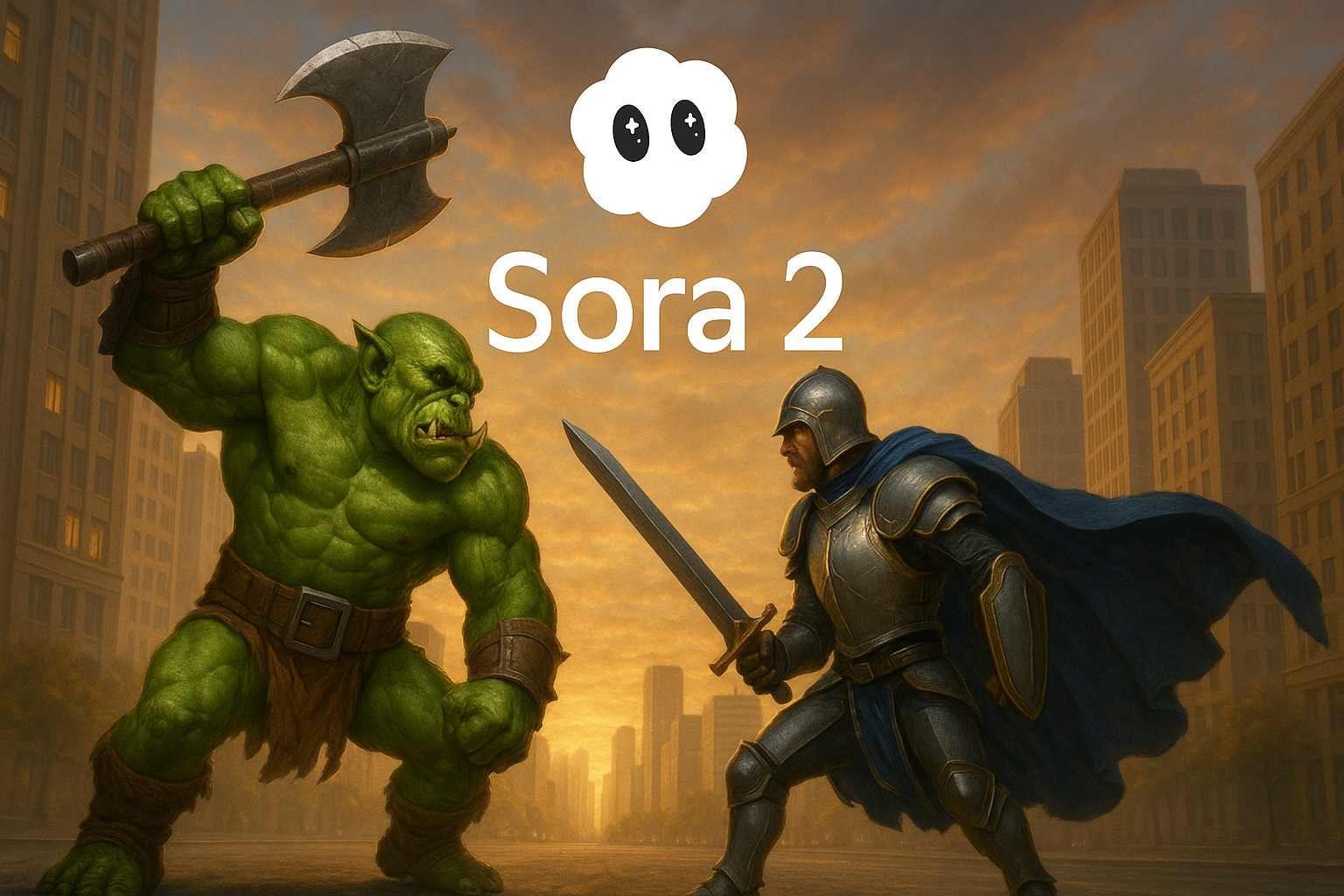
Picture this: you, starring in a cinematic short, starring in the world you imagine, all from a simple photo and a line of text. That’s the promise of Sora 2 — the next‑generation video‑generation engine from OpenAI that’s now empowering everyday users to bring fantasies to vivid life.
The Vision: You Can Be the Star
At its heart, Sora 2 gives everyone the chance to generate an original video of themselves — and by “themselves” we mean you can appear, or your likeness can appear, in scenes you invent. Want to see yourself dancing on the moon? Or riding a dragon above Tokyo? Or being the hero of a story that has never been told? Sora 2 says yes.
Sora 2 is more physically accurate, realistic and controllable than prior systems. It supports synchronized dialogue and sound effects. The message is clear: you are no longer just a viewer of video — you can be its star, its director, its hero.
All those little fantasies you’ve had — the ones you never acted on — can now play out on screen. Want a short film of yourself as an Olympic gymnast doing a triple axle with a cat on your head? That’s a real example from OpenAI. In other words: if you can describe it, you can see it.
What People Are Already Doing with Sora (and Sora 2)
While Sora 2 is very new, early users have begun to experiment in interesting ways. The app allows uploading photos or entering a prompt and producing short videos that remix or reinterpret your image in imaginative settings.
Some of the more popular uses include:
- People inserting themselves into wild, cinematic backgrounds — such as “me on a dragon in a fantasy cityscape”.
- Short, shareable clips that feel like magic: “me walking through Tokyo in lantern light”, or “me surfing a giant wave under neon city lights”.
These aren’t just fantasy scenarios — they are now actual demos being created and shared by real users. And while specific numbers on viral clips aren’t available yet, the sheer variety and creativity on display already proves the tool’s appeal.
Adoption & Download Figures
Here are the key figures so far:
- Sora exceeded one million downloads in less than five days after release.
- It reached No. 1 on Apple’s App Store during its launch week.
- While OpenAI hasn’t shared exact user numbers, momentum is clearly building fast, especially among creators and digital storytellers.
Why You Should Download Sora 2 (and Generate)
If you’re on the fence: here’s why you should give it a go.
First: You don’t need a high‑end video camera, a full film crew, or months of editing. All you typically need is a photo of yourself (or at least a clear face image) and a text prompt describing what you want. Upload your photo or choose to appear, write a one‑sentence (or more) description of your scene, and the system generates a short video.
Second: The output can be astonishing. You could end up with a short cinematic clip of yourself, with realistic motion, sound, voice and environment. The transformation from your still photo + prompt, to you appearing in a short video scenario, is magical and empowering.
Third: This is your chance to experiment. The barrier to entry is low. Even if the result isn’t “perfect Hollywood”, you’ll have something you made. You’ll star in a moment of your own creation. That alone is worth a shot.
How to Get Started: Basics of Video Generation
Here’s a step‑by‑step of what getting started looks like:
- Download the Sora app (currently in iOS invite‑only regions such as U.S. and Canada) and sign in with your OpenAI/ChatGPT credentials.
- Choose to upload a photo of yourself (clear face, good lighting helps).
- Write a text prompt describing the scene you want. For example: “Me in a futuristic city at dusk flying on a hoverboard above neon lights”.
- Optionally specify style (cinematic, anime, photorealistic) if the interface allows.
- Hit generate and wait for the clip to render (short durations: currently up to ~15 seconds for free users, up to 25 for Pro).
- Review the video, share it, or remix it if you like.
Repeat: Upload your photo + write your prompt → get your video. It’s that simple.
And again: The result can be you, living your fantasy, starring in the video you’ve always imagined. You are not just a bystander — you are the protagonist.
What the Result Can Be: Your Fantasy, Realised
Imagine this: you open the app, upload your photo, type “Me stepping onto the red carpet at a global awards show, cameras flashing, lights swirling, I smile and hold the trophy aloft”. A few minutes later you have a video where you appear in that scene. You could imagine yourself “On the moon in astronaut gear planting a flag that says ‘I Made It’” or “Riding a black stallion across a desert at dawn with dramatic skies”. These are not just possibilities — they’re actual use‑cases people are exploring with Sora 2.
Your fantasies — yes, even the ones you shelved because you thought they were too far‑fetched — can now live as a short cinematic moment. Because of the ease, you don’t need to wait. You don’t need a director. You don’t need a production crew. The tools are in your hands.
Final Encouragement: Go Create
If you’ve ever worried “I’d love to make a film about myself” or “I wish I could see myself in a wild scene”, now is the time. Download the Sora 2‑powered app, pick a photo of yourself, type your prompt, and hit generate. You’ll get a short video of yourself in your made‑up world. Use it for fun, for social sharing, for a creative experiment. Let your imagination run wild.
Don’t wait for “perfect”. The first one you make might be rough around the edges — but that’s okay. Creating is more important. Even a 10‑15 second clip starring you is a step into a new realm. Accept that you’re the star of your own story — and let Sora 2 bring it to life.
Go ahead. Upload that photo. Write that sentence. See yourself in a scene you’ve always dreamed of.
-
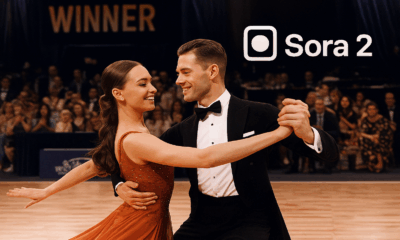
 AI Model4 weeks ago
AI Model4 weeks agoHow to Use Sora 2: The Complete Guide to Text‑to‑Video Magic
-
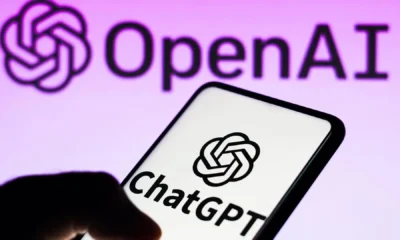
 AI Model3 months ago
AI Model3 months agoTutorial: How to Enable and Use ChatGPT’s New Agent Functionality and Create Reusable Prompts
-

 AI Model4 months ago
AI Model4 months agoComplete Guide to AI Image Generation Using DALL·E 3
-

 AI Model4 months ago
AI Model4 months agoMastering Visual Storytelling with DALL·E 3: A Professional Guide to Advanced Image Generation
-

 News1 month ago
News1 month agoOpenAI’s Bold Bet: A TikTok‑Style App with Sora 2 at Its Core
-

 News4 weeks ago
News4 weeks agoGoogle’s CodeMender: The AI Agent That Writes Its Own Security Patches
-

 News4 months ago
News4 months agoAnthropic Tightens Claude Code Usage Limits Without Warning
-
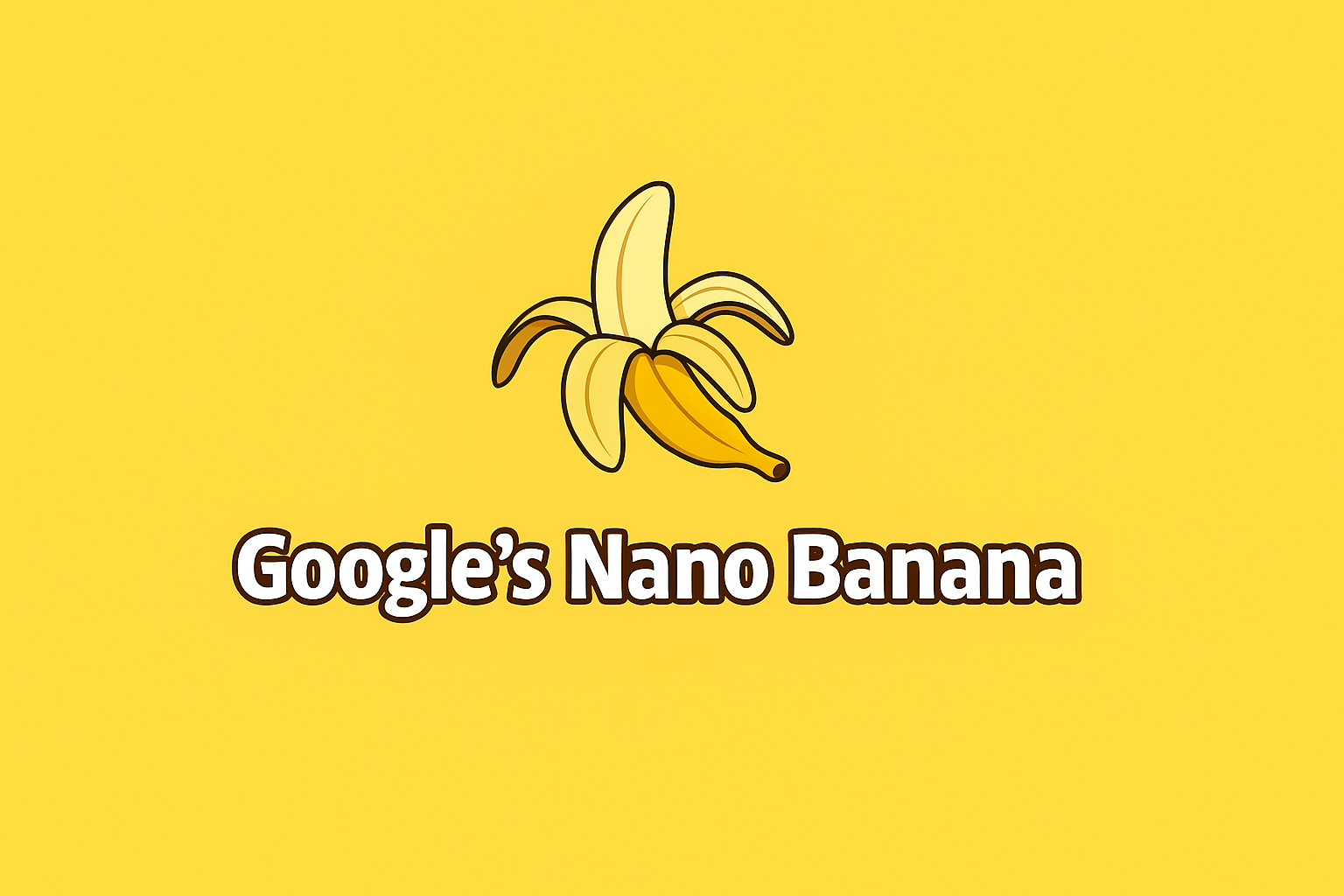
 Tutorial4 weeks ago
Tutorial4 weeks agoUsing Nano Banana: Step by Step
